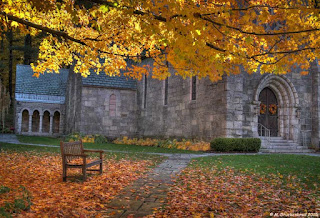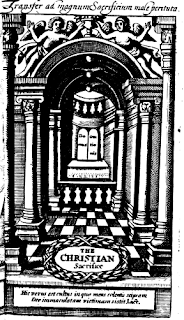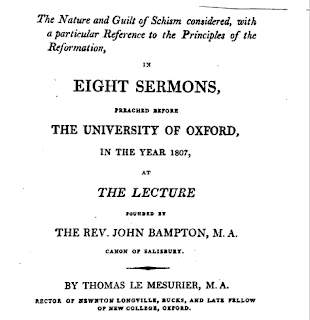With Angels and Archangels: Michaelmas and Prayer Book Communion

On this feast of Michaelmas, as we rejoice in the "wonderful order" uniting angels and mortals, our thoughts can turn to a particular focus for that union and communion, the holy Sacrament. This has been the cause for rich reflection in classical Anglican sources, two of which we might especially note, Anthony Sparrow's A Rationale on the Book of Common Prayer (1655) and Thomas Comber's A Companion to the Altar (1675). Both works would be reprinted on numerous occasions throughout the 'long 18th century', becoming staple sources of an influential sacramental piety. For both writers, it is the Sanctus and the Gloria in excelsis which give expression in the eucharistic liturgy to the "wonderful order" embracing the mortals and the angelic host. As Sparrow says of the Sanctus : Here we do, as it were, invite the heavenly host to help bear a part in our thanks to make them full ... And in this hymn we hold communion with the Church triumphant. Comb...












